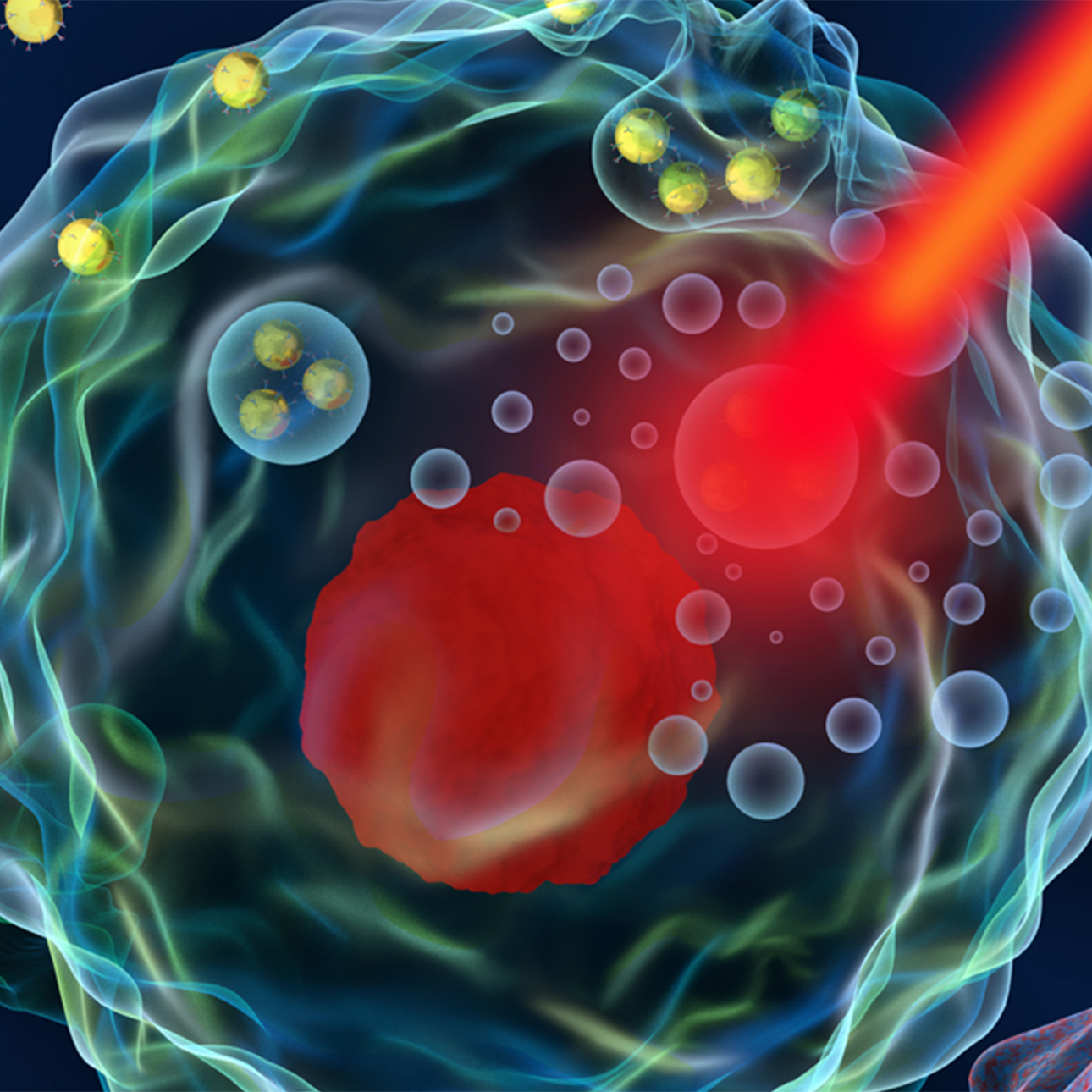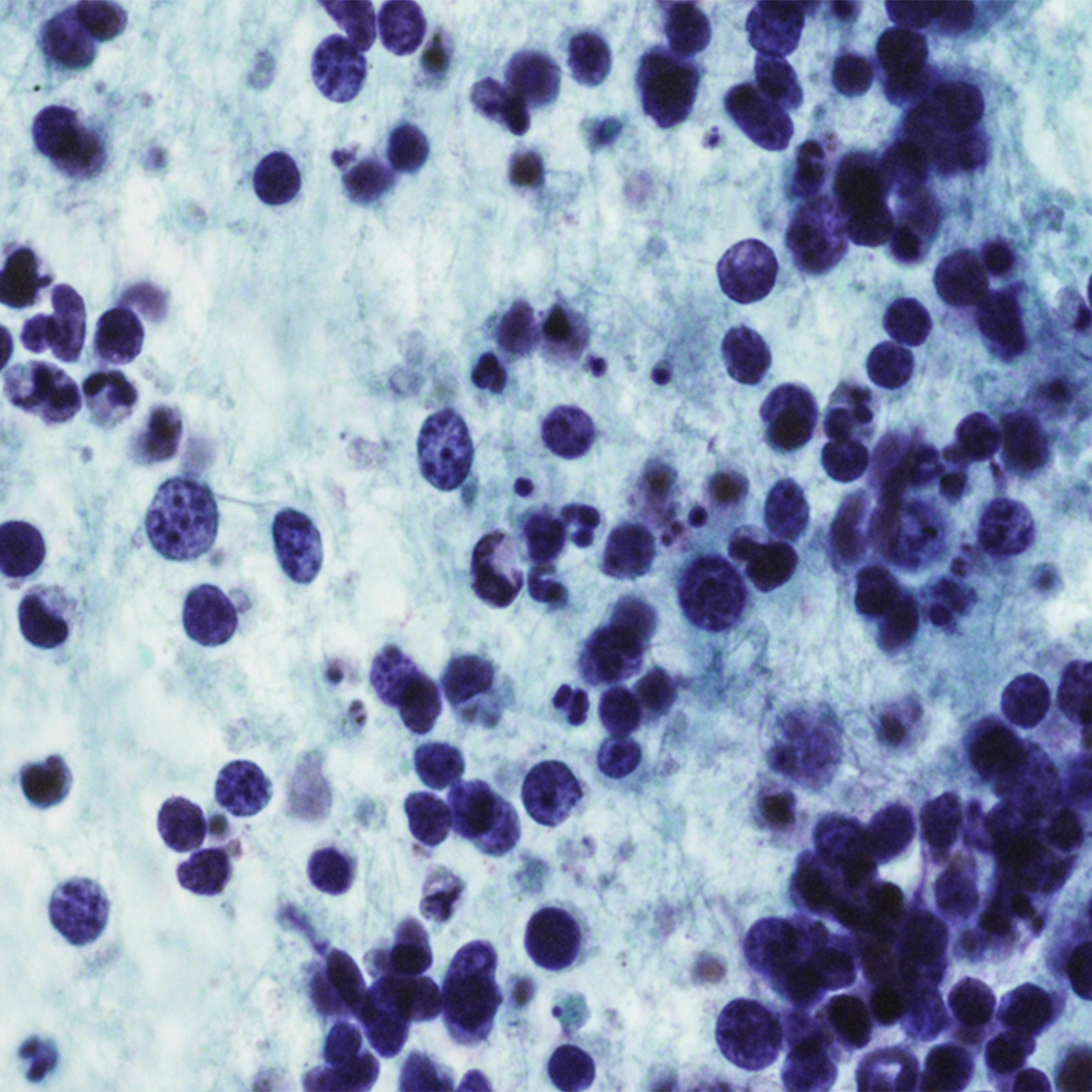
Breast Cancer
Treatments
Treatments for breast cancer include surgery as well as radiation, chemotherapy and hormonal therapy. These treatments are either local or systemic. Local treatments, such as surgery and radiation therapy, remove, destroy or control cancer cells in specific areas. Systemic treatments, such as chemotherapy and hormonal therapy, destroy or control cancer throughout the body. Depending on your condition, you may receive one treatment or a combination at the same time or in succession.
Surgery
Surgery is a common treatment for cancer. Several procedures may be used, from lumpectomy to breast reconstruction:
- Lumpectomy. In this procedure, a surgeon removes the cancer and some normal tissue around it. Lumpectomy usually results in little change in breast appearance. Some lymph nodes may be removed from under your arm to determine if cancer has spread. Radiation therapy is typically performed to destroy any cancer cells that may remain.
- Partial or segmental mastectomy. Depending on the size and location of the cancer, this procedure can conserve much of the breast. The surgeon removes the cancer, some breast tissue, the lining over the chest muscles below the tumor and usually some of lymph nodes under the arm. In most cases, radiation therapy follows.
- Sentinel lymph node disection. One or more of your sentinel lymph nodes are removed in this procedure. To locate a sentinel node, the surgeon injects a blue dye (isosulfan blue) into the skin where the breast cancer is or was. The blue dye is picked up by the lymphatic vessels and travels to a sentinel node. A lymph node is removed and sent to pathology, where it is examined. The sentinel lymph node is believed to most likely contain disease if the cancer has spread from the breast to the lymph nodes. Other lymph nodes may or may not be removed, depending on your situation. This procedure typically takes about an hour.
- Modified radical mastectomy. In this procedure, a surgeon removes the breast, some of the lymph nodes under the arm, and the lining over the chest muscles, and sometimes part of the chest wall muscles.
- Radical mastectomy. The surgeon removes the breast, chest muscles and all the lymph nodes under the arm in a radical mestectomy. This was the standard operation for many years, but now is performed only when a tumor has spread to the chest muscles.
- Breast reconstruction. Breast reconstruction, or surgery to rebuild a breast, is often an option after the removal of a breast. Health insurance plans in California pay for this surgery, including surgery to make both breasts similar in shape and size. A reconstructed breast will not have natural sensation, but can have a natural appearance. The best cosmetic results are achieved with immediate reconstruction, performed at the same time as the mastectomy. The choice regarding reconstruction is based on personal preferences and will not affect outcome.
Radiation therapy
Radiation therapy is the use of high-energy rays or particles to treat disease. It works by killing tumor cells or inhibiting their growth and division. Years of study by radiation oncologists have led to the widespread use of effective, tolerable doses of radiation. It is used to treat early stage breast cancer along with surgery. It may be used in more advanced breast cancer to control the disease or to treat symptoms such as pain.
To learn more, read Radiation Therapy for Breast Cancer.
Chemotherapy
Chemotherapy uses drugs to kill cancer cells. For breast cancer, it is usually administered as a combination of drugs given orally or by injection. Chemotherapy enters the bloodstream and travels throughout your body. The treatment is most commonly used to decrease the chance that cancer will recur after surgery, shrink breast cancer after surgery when the tumor is large or if it is inflammatory, and to control metastatic breast cancer which has spread to other organs in the body.
Hormonal therapy
Hormonal therapies change the hormonal environment in your body, which impacts the growth and behavior of some breast cancers. If your breast cancer produces one of the hormone receptors — estrogen receptor (ER) or progesterone receptor (PR) — then hormonal therapy is effective in treating early-stage, metastatic or advanced breast cancer and preventing recurrence.
UCSF Health medical specialists have reviewed this information. It is for educational purposes only and is not intended to replace the advice of your doctor or other health care provider. We encourage you to discuss any questions or concerns you may have with your provider.




























